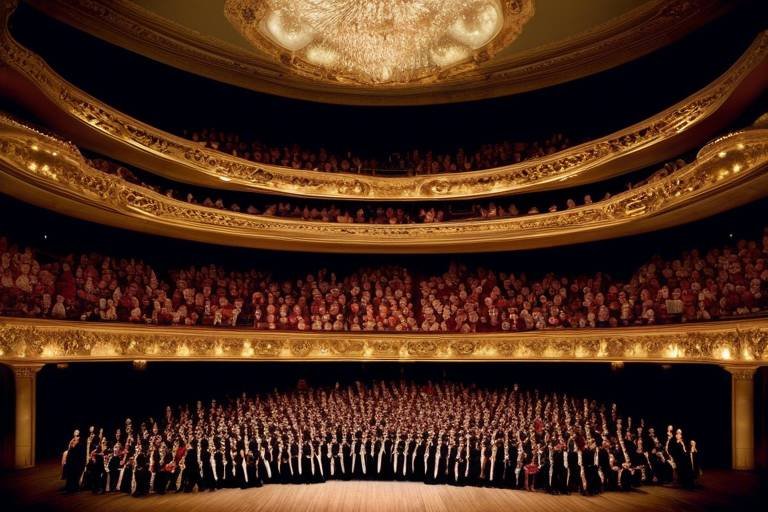The Evolution of Sculpture from Ancient Times to Today
The evolution of sculpture from ancient times to today is a fascinating journey through the annals of art history, showcasing the transformation of sculptural art forms over millennia. From the early civilizations of Mesopotamia, Egypt, Greece, and Rome to the contemporary creations of today's artists, sculpture has continually evolved, adapting to changing styles, techniques, and influences.
Ancient sculptural traditions serve as the bedrock upon which the art form was built, with each civilization contributing unique styles and techniques that paved the way for future developments. The monumental statues of ancient Egypt, the lifelike portrayals of Greek gods and heroes, and the realistic busts of Roman emperors all exemplify the rich heritage of sculptural art in antiquity.
The Renaissance period marked a revival of classical sculptural techniques, as artists like Michelangelo, Donatello, and Bernini rekindled the spirit of ancient Greek and Roman sculpture. Their masterpieces, such as Michelangelo's David and Bernini's Apollo and Daphne, showcased a renewed emphasis on naturalism, anatomy, and emotional expression.
The Baroque and Rococo periods brought forth a more dynamic and theatrical approach to sculpture, with artists like Gian Lorenzo Bernini and Jean-Antoine Houdon creating works that exuded movement, drama, and intricate detailing. These sculptors pushed the boundaries of form and expression, crafting elaborate pieces that captivated viewers with their emotional intensity.
Modernist approaches to sculpture in the 19th and 20th centuries ushered in a new era of experimentation and abstraction, with artists like Auguste Rodin, Constantin Brancusi, and Henry Moore challenging traditional norms and exploring innovative forms and materials. Their groundbreaking works redefined the possibilities of sculptural art, pushing the boundaries of form and expression.
In the contemporary art world, sculptural practices have diversified, encompassing a wide range of styles and approaches, from installation art and assemblage to conceptual sculpture and new media forms. Today's artists are exploring innovative techniques and concepts, pushing the boundaries of what sculpture can be and how it can engage with contemporary issues and themes.
Sculpture in public spaces plays a vital role in shaping urban environments and cultural identity, with public sculptures contributing to the aesthetic appeal of cities, fostering community engagement, and transforming public spaces into dynamic cultural hubs. Monumental and site-specific installations bring art out of galleries and into the public realm, enriching the everyday lives of people and enhancing the urban landscape.
Advancements in technology have revolutionized contemporary sculpture, with digital fabrication, 3D printing, and interactive installations opening up new avenues for artistic expression. Artists are harnessing technology to create immersive and kinetic sculptures that blur the lines between art and technology, inviting viewers to interact with and experience sculpture in innovative ways.
The growing trend of sustainability and eco-friendly sculpture reflects a broader societal shift towards environmental consciousness and sustainability. Artists are increasingly incorporating recycled materials, sustainable practices, and environmental themes into their work, highlighting the urgent need to address ecological concerns and promote a more sustainable approach to art-making.

Ancient Sculptural Traditions
Exploring the development of sculptural art forms throughout history, from early civilizations to contemporary artists, highlighting key styles, techniques, and influences that have shaped the evolution of sculpture as an art form.
When delving into the roots of sculptural art, ancient civilizations like Mesopotamia, Egypt, Greece, and Rome emerge as pivotal players in shaping the course of sculptural traditions. These early societies laid the groundwork for future sculptors, showcasing a diverse range of styles and techniques that continue to influence artists today.
In Mesopotamia, monumental stone sculptures adorned temples and palaces, depicting deities and rulers in a grandiose manner. The Egyptians, on the other hand, excelled in the art of funerary sculpture, crafting intricate statues and reliefs to accompany the deceased into the afterlife.
Greek sculpture, renowned for its emphasis on naturalism and idealized human forms, introduced a new level of realism and anatomical precision to the art form. The Romans further built upon these principles, incorporating elements of portraiture and historical narrative into their sculptural works.
These ancient sculptural traditions not only reflected the cultural and religious beliefs of their respective societies but also set a precedent for future generations of sculptors to draw inspiration from, showcasing a rich tapestry of artistic expression that continues to captivate audiences worldwide.
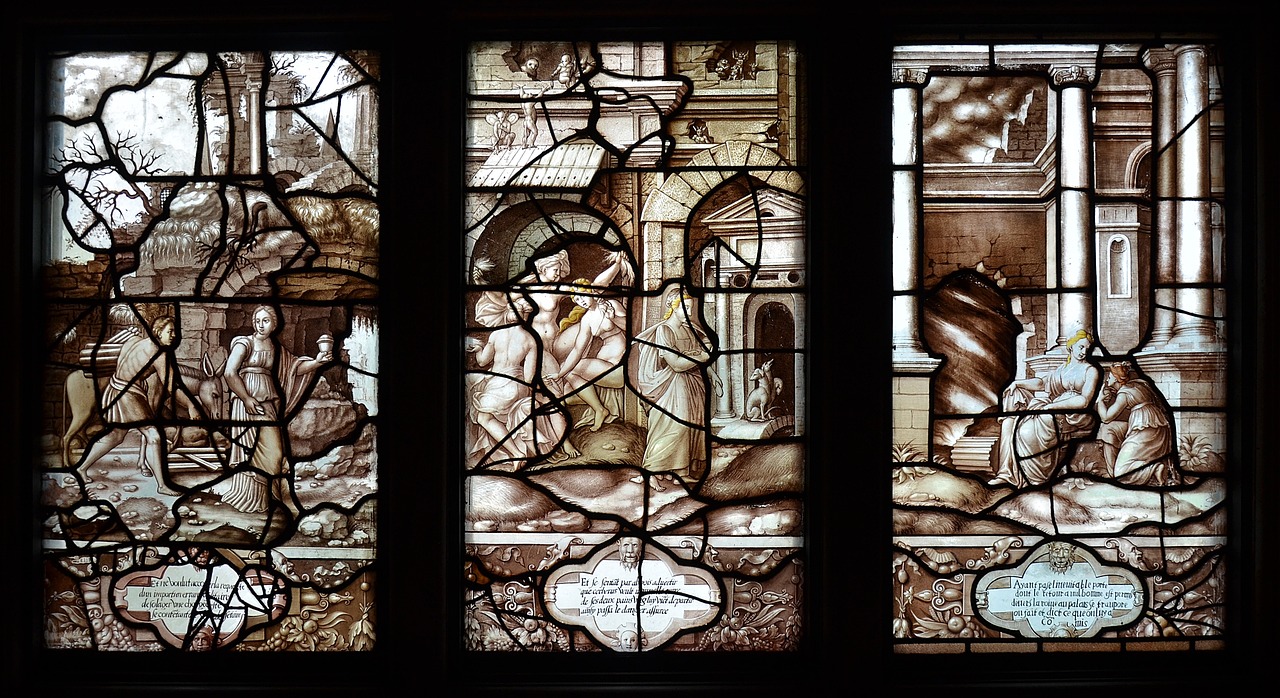
Renaissance Revival of Sculpture
The Renaissance period marked a significant revival of classical sculptural techniques and styles, bringing a renewed focus on the human form and naturalism. Artists of this era, such as Michelangelo, Donatello, and Bernini, played pivotal roles in shaping the direction of sculpture for centuries to come. Michelangelo's iconic marble sculptures, including "David" and the "Pieta," showcased a mastery of anatomy and emotion, capturing the essence of human experience in stone.
Donatello, known for his innovative use of perspective and narrative storytelling, created dynamic and expressive sculptures like the bronze "David" and the "Gattamelata" equestrian statue. Bernini, on the other hand, pushed the boundaries of sculptural realism with his dramatic compositions and intricate detailing, as seen in works like "Apollo and Daphne" and "Ecstasy of Saint Teresa."
The Renaissance period not only saw a revival of ancient sculptural traditions but also a reimagining of classical ideals and themes in a new light. Artists of this era sought to capture the essence of beauty, emotion, and spirituality in their works, leading to a golden age of sculptural innovation and creativity that continues to inspire artists and art enthusiasts to this day.
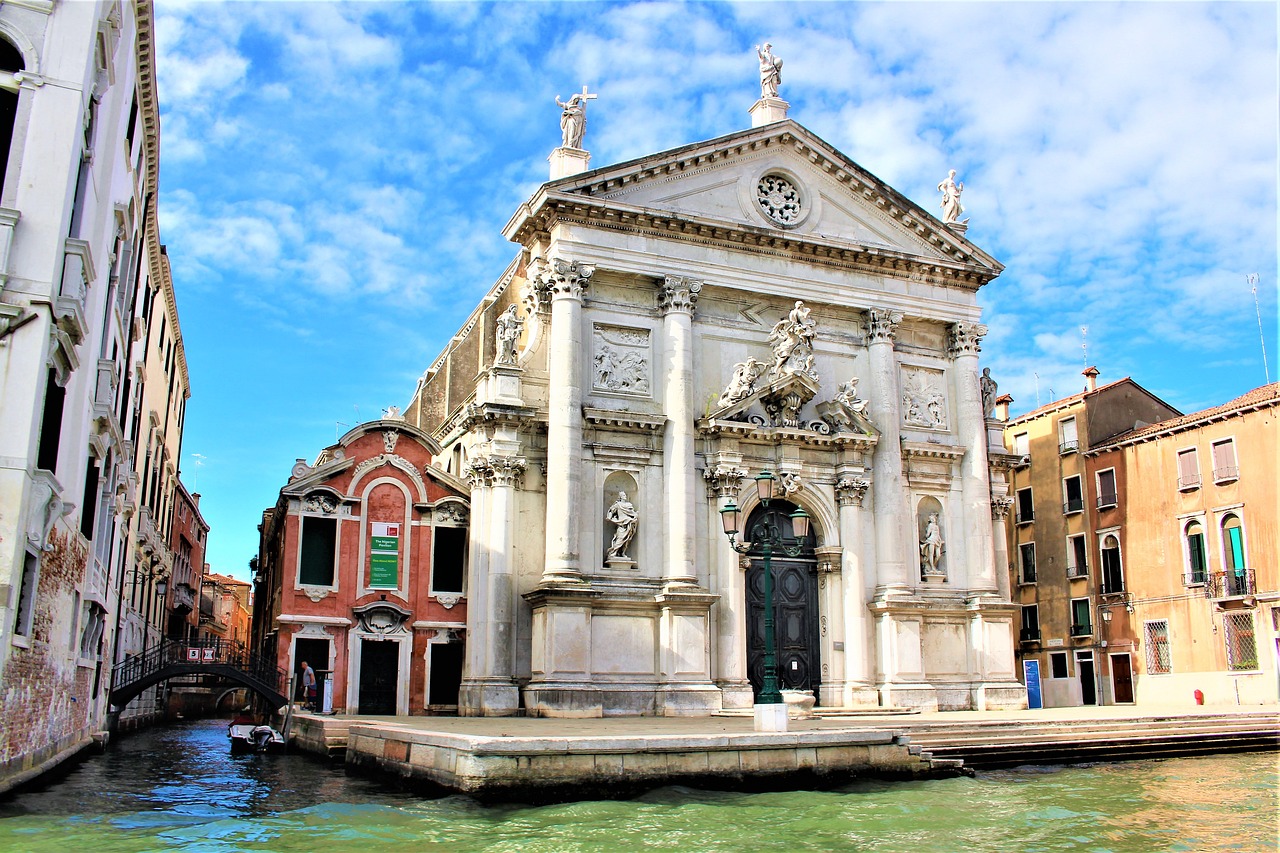
Baroque and Rococo Sculpture
The Baroque and Rococo periods in art history are known for their extravagant and ornate sculptural styles that captivated audiences with their dramatic flair and emotional intensity. Baroque sculpture, which emerged in the 17th century, was characterized by dynamic movement, intricate detailing, and a sense of theatricality. Artists like Gian Lorenzo Bernini, known for his masterful use of light and shadow to create lifelike figures, and Jean-Antoine Houdon, celebrated for his elegant and naturalistic portraits, exemplified the grandeur and emotional expressiveness of Baroque sculpture.
Rococo sculpture, on the other hand, emerged in the 18th century as a more delicate and playful counterpart to the Baroque style. Rococo sculptors embraced curvaceous forms, pastel colors, and intricate ornamentation, creating works that exuded charm and grace. Artists like Clodion and Etienne-Maurice Falconet excelled in producing whimsical and romantic sculptures that adorned the interiors of aristocratic salons and gardens.
One of the defining features of Baroque and Rococo sculpture was the emphasis on capturing movement and emotion in stone and marble. Figures seemed to come to life, frozen in a moment of intense action or deep emotion. The intricate drapery, dynamic poses, and intricate details in these sculptures aimed to evoke a sense of awe and wonder in viewers, transporting them to a world of beauty and drama.
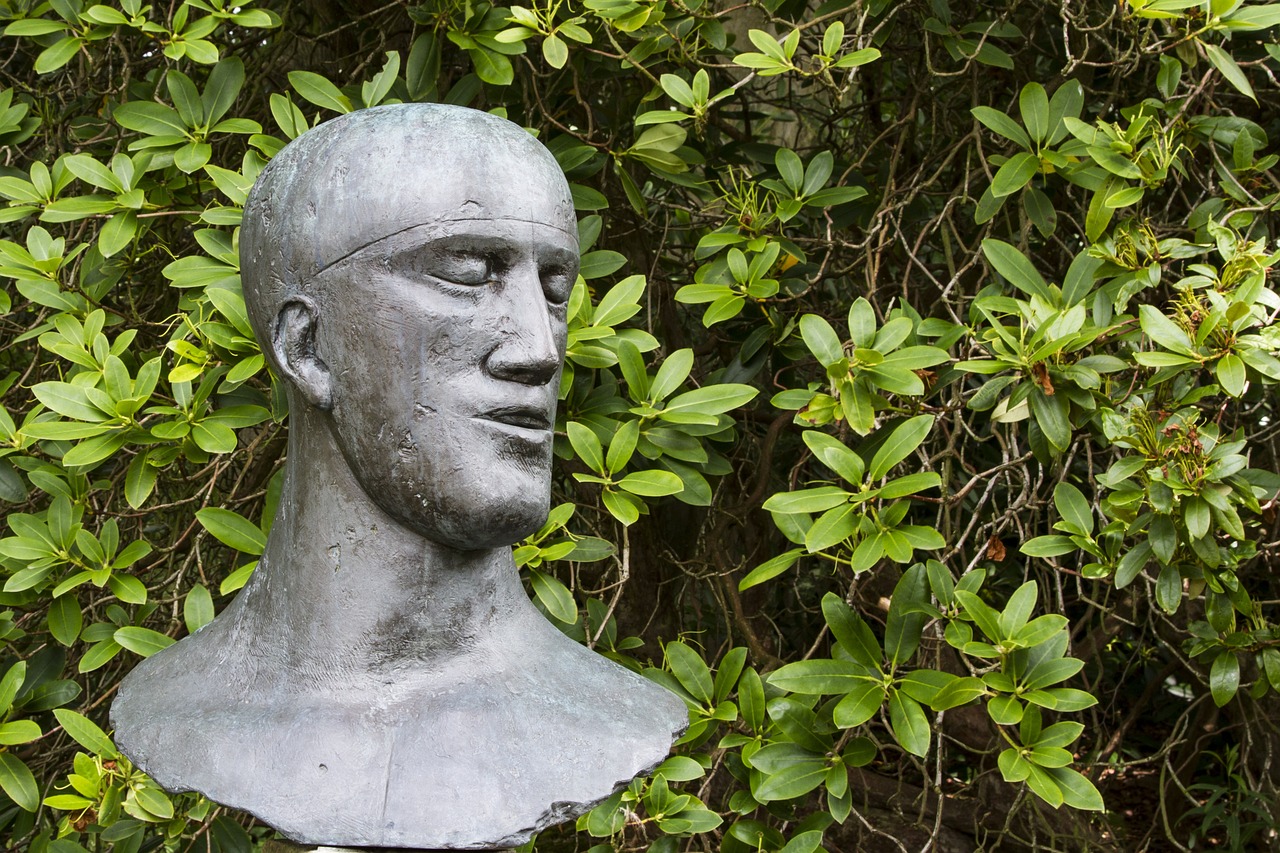
Modernist Approaches to Sculpture
Exploring the development of sculptural art forms throughout history, from early civilizations to contemporary artists, highlighting key styles, techniques, and influences that have shaped the evolution of sculpture as an art form.
Modernist Approaches to Sculpture marked a significant shift in artistic expression during the 19th and 20th centuries. Artists such as Auguste Rodin, Constantin Brancusi, and Henry Moore embraced abstraction and experimentation, challenging traditional forms and materials. Rodin, known for his emotive sculptures like "The Thinker," revolutionized sculptural techniques by capturing movement and emotion in raw form.
Brancusi, on the other hand, delved into simplified, geometric shapes, stripping away unnecessary details to reveal the essence of his subjects. His work, such as "Bird in Space," exemplifies the Modernist pursuit of purity and essence in form. Moore, with his organic and flowing sculptures, explored the relationship between the human figure and nature, creating timeless pieces that resonate with viewers.
These Modernist sculptors pushed the boundaries of traditional sculpture, inspiring future generations to experiment with new materials, techniques, and conceptual approaches. Their innovative spirit continues to influence contemporary sculptors, driving the evolution of sculptural art towards new horizons.

Contemporary Sculptural Trends
Contemporary sculptural trends in the art world today showcase a wide array of innovative practices and concepts that challenge traditional notions of sculpture. Artists are exploring various mediums and techniques to create thought-provoking and visually engaging works that reflect the complexities of our modern society. From installation art that transforms spaces into immersive experiences to assemblage sculptures constructed from found objects, contemporary sculptors are pushing the boundaries of what defines sculpture.
Conceptual sculpture has emerged as a prominent trend, focusing on ideas and narratives rather than purely aesthetic concerns. Artists are using sculpture as a means of conveying social, political, and environmental messages, inviting viewers to engage with the artwork on a deeper level. This approach blurs the lines between traditional sculpture and other art forms, creating dynamic and multi-dimensional pieces that challenge viewers' perceptions.
New media approaches have also revolutionized contemporary sculpture, with artists incorporating technology, sound, and interactive elements into their works. Sculptures that respond to viewer interaction, change over time, or incorporate digital elements are becoming increasingly prevalent, reflecting the influence of technology on artistic expression in the 21st century.
Furthermore, the exploration of unconventional materials and techniques has become a hallmark of contemporary sculptural practice. Artists are experimenting with a diverse range of materials, from recycled plastics and industrial waste to organic matter and light, pushing the boundaries of what can be considered sculptural. This emphasis on sustainability and eco-friendly practices reflects a broader societal shift towards environmental consciousness and social responsibility in the art world.
In conclusion, contemporary sculptural trends are characterized by diversity, innovation, and a willingness to challenge traditional norms. Artists are embracing new technologies, materials, and concepts to create dynamic and engaging works that reflect the complexities of our modern world. As the art world continues to evolve, contemporary sculpture remains at the forefront of artistic experimentation and expression.
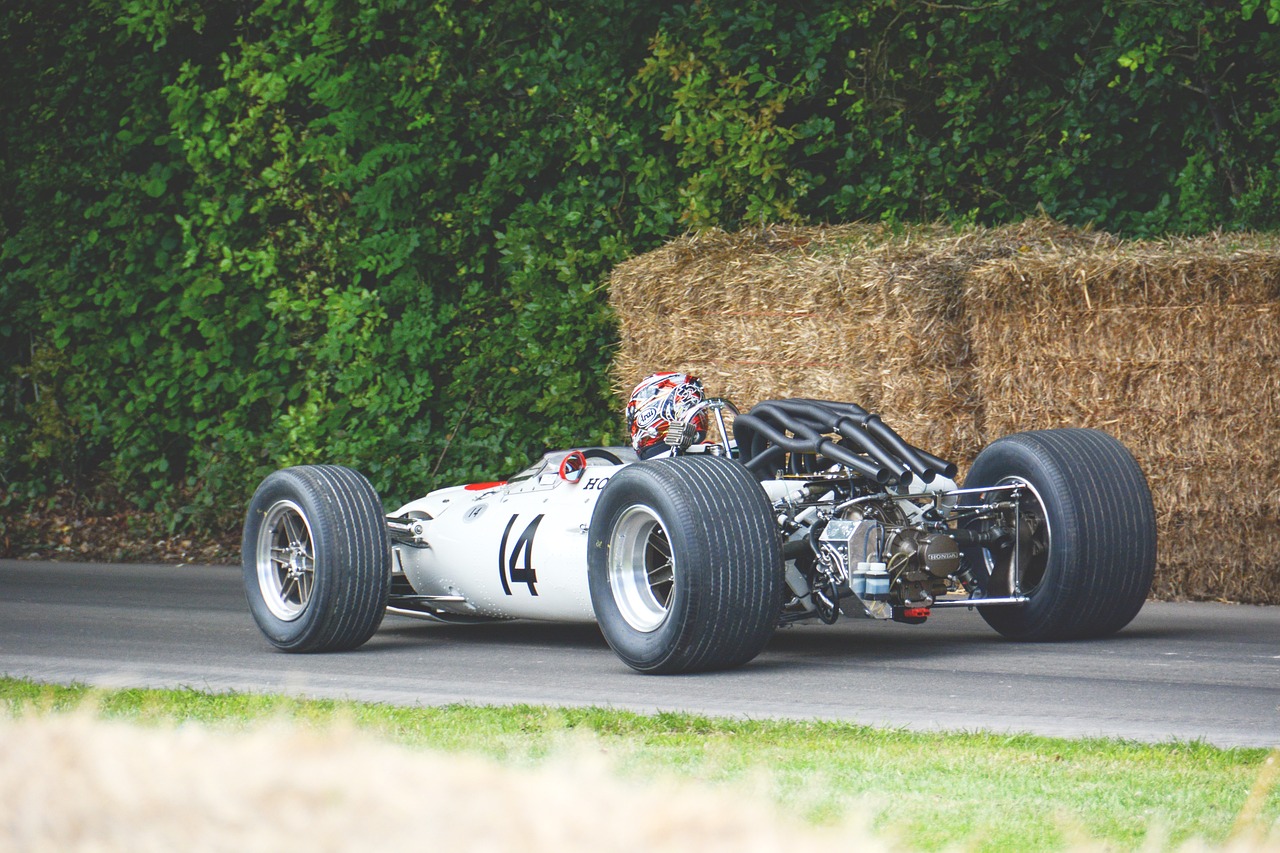
Sculpture in Public Spaces
Sculpture in public spaces holds a unique power to captivate and engage viewers, transforming urban environments into dynamic cultural landscapes. These monumental artworks, strategically placed in parks, plazas, and city centers, serve as focal points that spark conversation, evoke emotion, and enhance the overall aesthetic of public areas. Public sculptures not only beautify the surroundings but also play a crucial role in defining the identity of a community, reflecting its values, history, and aspirations.
One prominent example of sculpture in public spaces is the Statue of Liberty in New York City, a symbol of freedom and democracy that attracts millions of visitors each year. This iconic monument not only serves as a tourist attraction but also stands as a powerful representation of American ideals and values. Similarly, the Eiffel Tower in Paris and the Christ the Redeemer statue in Rio de Janeiro are prime examples of how monumental sculptures can become iconic landmarks that define the identity of a city.
Public sculptures are not limited to traditional bronze or stone statues; contemporary artists are exploring innovative materials and techniques to create interactive and site-specific installations that invite viewer participation. From large-scale kinetic sculptures that respond to wind and light to immersive multimedia installations that incorporate sound and technology, modern public art challenges traditional notions of sculpture and encourages a dynamic interaction between the artwork and its audience.
Moreover, public sculptures often serve as catalysts for community engagement and social change, fostering a sense of pride and ownership among local residents. By commissioning public artworks that reflect the cultural diversity and historical significance of a place, cities can promote inclusivity, dialogue, and civic pride. Public sculptures also have the potential to address pressing social issues, raise awareness about environmental conservation, or commemorate historical events, serving as powerful tools for education and reflection.
In conclusion, sculpture in public spaces has the remarkable ability to transcend boundaries, connect people, and transform ordinary locations into extraordinary experiences. Whether monumental and grandiose or subtle and interactive, public sculptures enrich our urban environments, stimulate our imagination, and inspire us to see the world in new and unexpected ways.
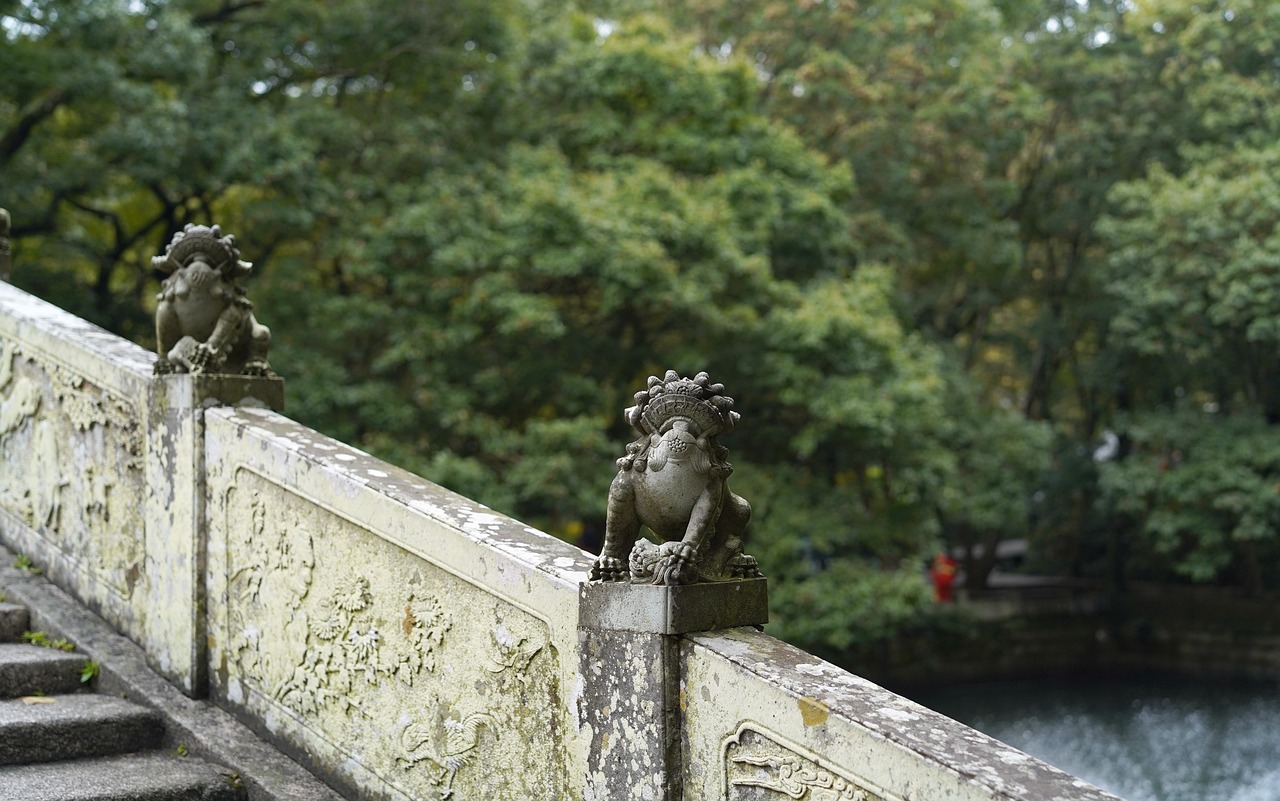
Technology and Sculptural Innovation
Technology has played a significant role in shaping the landscape of contemporary sculpture, ushering in a new era of innovation and experimentation. With the advent of digital fabrication techniques and 3D printing, artists have been able to explore new possibilities in form, structure, and materiality. These technological advancements have enabled sculptors to push the boundaries of traditional sculptural practices, creating intricate and complex works that were previously unimaginable.
Interactive and kinetic sculptures have also emerged as a result of technological innovation, blurring the lines between art and technology. These dynamic works engage viewers on a sensory level, inviting them to interact with the sculpture and experience it in a more immersive way. The integration of technology into sculpture has opened up a realm of possibilities for artists to explore movement, sound, and light in their works, creating a multi-dimensional experience for audiences.
Furthermore, technology has facilitated collaboration and communication among artists, allowing for the exchange of ideas and techniques on a global scale. Artists are now able to connect with peers from around the world, sharing insights and inspiration that contribute to the evolution of sculptural practices. This interconnectedness has fostered a vibrant and diverse community of sculptors who are constantly pushing the boundaries of the medium.

Sustainability and Eco-Friendly Sculpture
When it comes to the world of sculpture, the concept of sustainability and eco-friendly practices is becoming increasingly important. Artists are now more conscious than ever about the materials they use and the impact their work has on the environment. This shift towards eco-friendly sculpture reflects a broader trend in the art world towards addressing pressing ecological concerns and promoting sustainability.
Many contemporary sculptors are embracing eco-conscious practices by utilizing recycled materials in their artworks. By repurposing materials that would otherwise end up in landfills, these artists are not only reducing waste but also creating pieces that carry a message about the importance of environmental stewardship. Sustainability has become a central theme in the creation process, with some artists even going as far as to source materials locally to minimize their carbon footprint.
Furthermore, eco-friendly sculpture often incorporates themes related to nature, conservation, and the impact of human activity on the planet. These artworks serve as a reminder of the delicate balance between humanity and the environment, prompting viewers to reflect on their own relationship with nature and the steps they can take to protect it.
One interesting approach to sustainable sculpture is the use of living materials such as plants and moss. Artists create living sculptures that evolve over time, blurring the line between art and nature. These living sculptures not only showcase the beauty of natural processes but also highlight the interconnectedness of all living beings.
In addition to using recycled and living materials, some sculptors are exploring innovative techniques to reduce the environmental impact of their work. For example, 3D printing technology allows artists to create intricate sculptures with minimal waste, while solar-powered installations harness renewable energy to power kinetic sculptures. These advancements in technology are enabling artists to push the boundaries of eco-friendly sculpture and explore new possibilities for sustainable artistic expression.
Frequently Asked Questions
- What are the key characteristics of ancient sculptural traditions?
Ancient sculptural traditions are known for their emphasis on representing deities, rulers, and mythological figures with idealized forms and symbolic attributes. Sculptures from civilizations like Mesopotamia, Egypt, Greece, and Rome often showcased intricate details, religious significance, and a focus on realism.
- How did the Renaissance period contribute to the revival of classical sculptural techniques?
The Renaissance period saw a renewed interest in the art and culture of ancient Greece and Rome, leading to a revival of classical sculptural techniques such as contrapposto, naturalism, and anatomical accuracy. Artists like Michelangelo, Donatello, and Bernini played a significant role in bringing back the classical ideals of beauty and harmony in sculpture.
- What defines Baroque and Rococo sculpture?
Baroque and Rococo sculpture is characterized by its dynamic movement, emotional intensity, and elaborate detailing. Artists of this period, such as Gian Lorenzo Bernini and Jean-Antoine Houdon, focused on creating dramatic and expressive sculptures that conveyed a sense of theatricality and grandeur.
- How did modernist approaches change the landscape of sculpture?
Modernist approaches to sculpture introduced a shift towards abstraction, experimentation, and the exploration of new materials and forms. Artists like Auguste Rodin, Constantin Brancusi, and Henry Moore challenged traditional sculptural conventions, pushing boundaries and redefining the concept of sculptural art.
- What are some contemporary sculptural trends in the art world today?
Contemporary sculptural trends encompass a wide range of practices, including installation art, assemblage, conceptual sculpture, and new media approaches. Artists are exploring innovative techniques and concepts, often blurring the lines between traditional sculpture and other art forms to create engaging and thought-provoking works.
- How has technology influenced the evolution of sculpture?
Technology has revolutionized the field of sculpture by enabling artists to experiment with digital fabrication, 3D printing, interactive installations, and kinetic sculptures. These advancements have expanded the possibilities for artistic expression, allowing sculptors to explore new dimensions of form, movement, and interactivity in their work.
- Why is sustainability becoming an important focus in contemporary sculpture?
The growing trend of eco-friendly sculpture reflects a broader shift towards sustainability and environmental awareness in the art world. Artists are increasingly using recycled materials, promoting eco-conscious practices, and addressing pressing ecological concerns through their sculptural creations, highlighting the importance of art in raising awareness about environmental issues.








